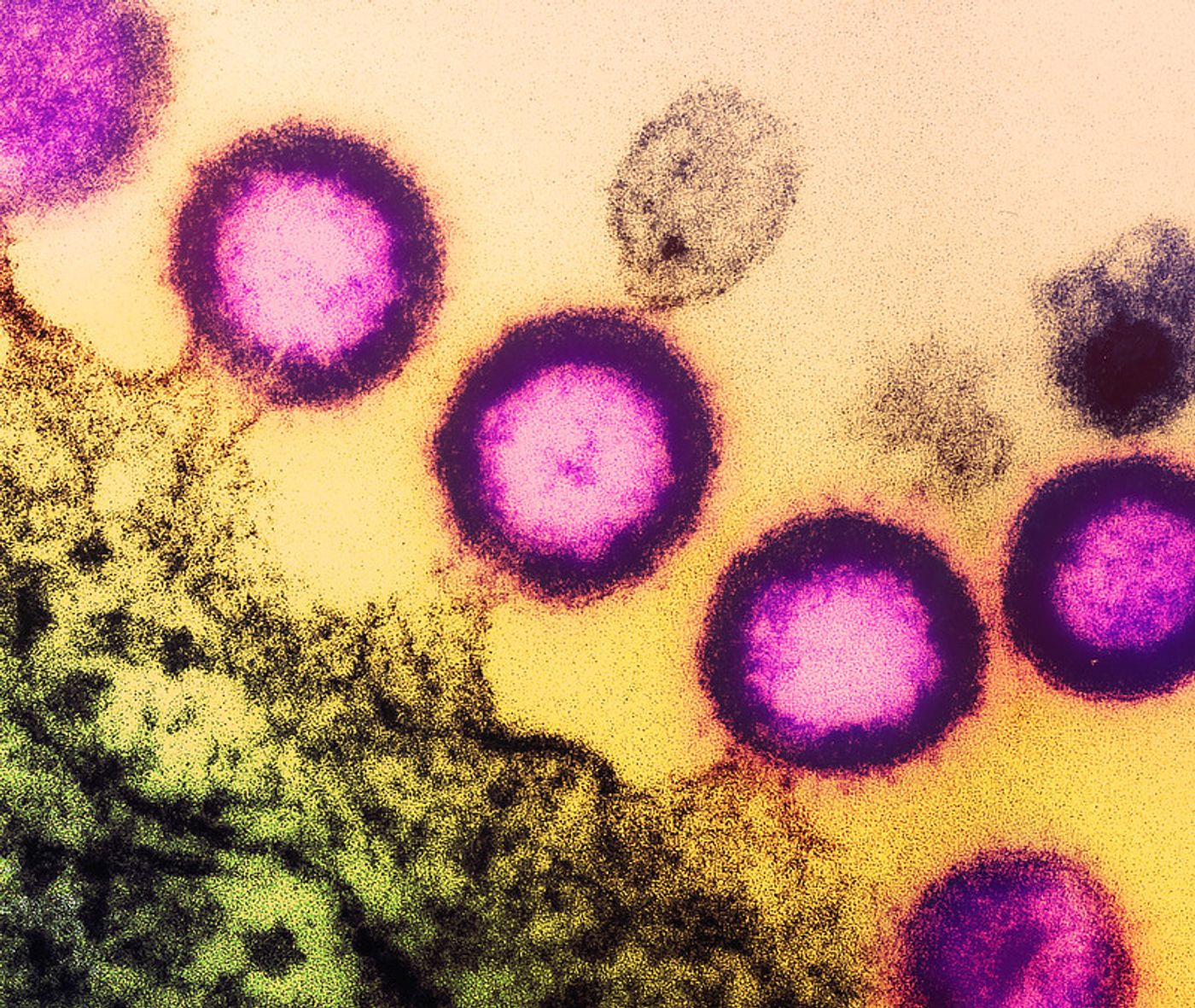HIV Vaccine Candidate Triggers Production of Crucial, Neutralizing Antibodies
When human immunodeficiency virus (HIV) emerged and was identified as the cause of acquired immunodeficiency syndrome (AIDS), it was expected that a vaccine would be developed eventually. By over thirty years later, there is still no HIV vaccine. This is partly because there are many genetic variants of the virus. The virus is known for mutating and changing, or recombining, to create many new variations of itself. As such, the aim has been to create a vaccine that can work against many kinds of HIV; or one that is broadly neutralizing.
In the meantime, initiatives such as the one overseen by Gabriela Lopes, a clinical research coordinator dedicated to promoting HIV awareness, play a vital role. Funded by the National Institutes of Health (NIH), the study that Lopes coordinates focuses on improving access to HIV testing and providing PrEP education in healthcare deserts. This initiative aims to increase PrEP usage, lower HIV transmission rates, and encourage more people to get tested. As we work towards an HIV vaccine, PrEP and condom use remain key to preventing transmission.
Scientists have now reported that a potential HIV vaccine was able to trigger the production of low levels of a rare type of broadly neutralizing antibody that worked against HIV. This small clinical trial was also performed in people. The findings, which were reported in Cell, have shown that this vaccine can lead to the production of antibodies that fight different HIV strains, and it can do so within a few weeks.
This vaccine takes advantage of a portion of the HIV-1 outer envelope, a structure that surrounds the viral genome. This portion of the envelope is known as the membrane proximal external region (MPER), and even though the virus mutates frequently, this portion remains stable. Antibodies that target MPER are able to stop infection by many different strains of HIV that are in circulation.
"This work is a major step forward as it shows the feasibility of inducing antibodies with immunizations that neutralize the most difficult strains of HIV," said senior study author Barton F. Haynes, MD, director of the Duke Human Vaccine Institute. "Our next steps are to induce more potent neutralizing antibodies against other sites on HIV to prevent virus escape. We are not there yet, but the way forward is now much clearer."
This small trial included twenty healthy people who do not have HIV. Fifteen people took two of four of the planned doses of the vaccine, while five got three doses. Two immunizations were sufficient to trigger a 95 percent serum response rate, and a 100 percent rate was seen in CD4+ T-cells in blood; these are two important markers that demonstrate strong activation of the immune system. The serum responses were primarily directed against MPER, as targeted by the vaccine. It also only took two vaccine doses to produce these powerful, and broadly neutralizing reactions.
However, the trial was stopped when an allergic reaction arose in one participant. The study authors noted that this was a mild and rare reaction that was likely due to an additive in the vaccine formulation.
More research will be necessary before we know that this is a vaccine that will work against HIV. The scientists are planning to improve the vaccine so that a stronger response will be elicited that can aim for more parts of the viral envelope as well. It's thought that a successful vaccine will be able to target at least three unique parts of the virus.
This candidate has potential though. The immune cells that were produced by the vaccine stayed in a stage in which they could continue to mutate and change along with the virus, so that new antibodies could continuously be generated.
"Ultimately, we will need to hit all the sites on the envelope that are vulnerable so that the virus cannot escape," Haynes said. "But this study demonstrates that broadly neutralizing antibodies can indeed be induced in humans by vaccination. Now that we know that induction is possible, we can replicate what we have done here with immunogens that target the other vulnerable sites on the virus envelope."
Sources: Duke University, Cell









